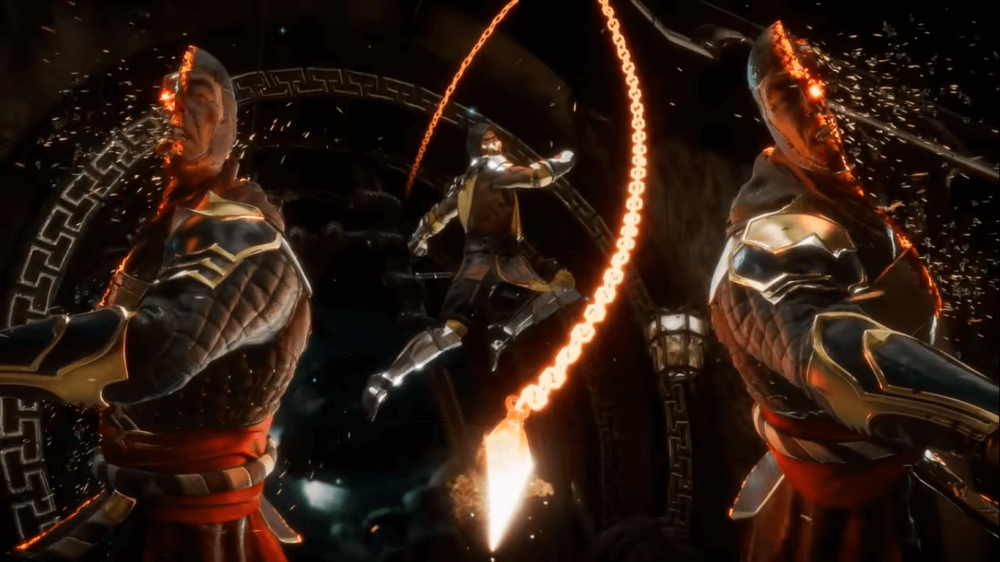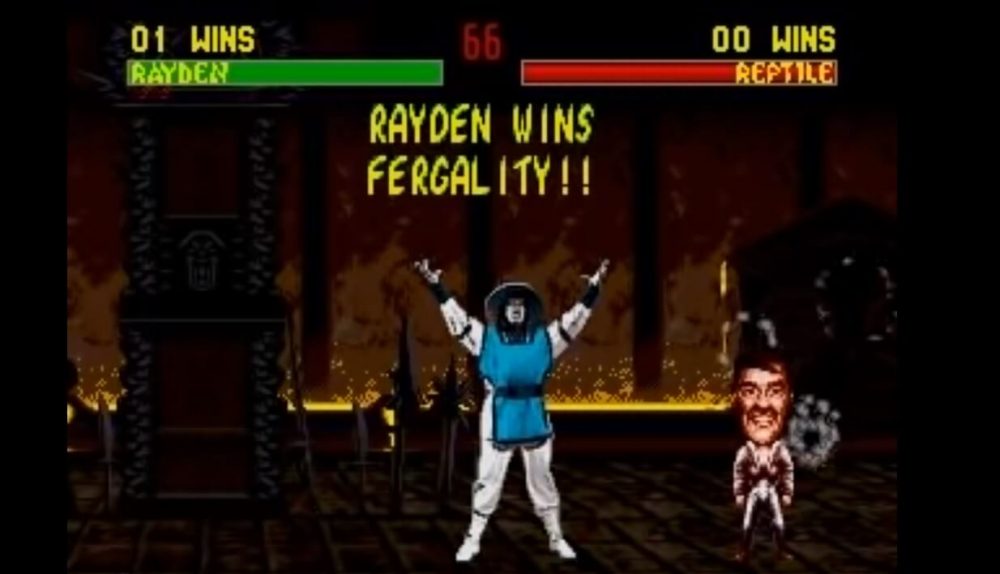The Fight for Earthrealm
In the fictional world of video games, a tournament has been going on for almost three decades. This skull-crushing-bone-smashing-blood-curdling event known as the Mortal Kombat boasts the ultimate prize of the continued freedom of the Earthrealm from an impending takeover of the Outworld. However, like most vicious mastermind clasping clenching both hands in a hellacious manner, the Mortal Kombat plot continues to thicken with each installment.
What used to be a simple plot now involves an entire fictional universe consisting of eighteen realms. Growing an original roster of seven characters into a rich and diverse collection of crossovers and brilliantly designed characters from other franchises. All of which thanks to the ingenuity of four of the best minds in the video game industry: Ed Boon (programming), John Tobias (art and story), John Vogel (graphics), and Dan Forden (sound design).

From Spoof Characters to an Epic Franchise
Like most successful franchises, the Mortal Kombat series was a rejected concept. According to Daniel Pesina who portrayed Johnny Cage, Sub-Zero, Scorpion, and Reptile in the game, Mortal Kombat was an idea pitched by John Tobias with his help arranged a video game concept to the bosses at Midway.
“We videotaped some moves, and talked about initial ideas and characters to add to his story — like, originally John had Japanese ninjas, but every movie in the 1980s and 1990s had Japanese ninjas, so I suggested Chinese ninjas called “The Lin Kuei.” – Daniel Pesina on Mel Magazine’s Oral History of Mortal Kombat.
Unfortunately, the idea got a unanimous “No” from the bosses. However, Ed Boon who was the boss of John Tobias liked the idea of a fighting game. Interestingly enough, this was the time where Jean-Claude Van Damme is one of the biggest movie stars on the planet. It was the time where movies where bloody and action stars were real fighters and not just man-babies wielding some gadgets and weapons. It was the era of Bloodsport and Universal Soldier.
With that said, Midway’s pursuit of producing a video game version of Universal Soldier, its back to the drawing board. By this time, Capcom’s Street Fighter franchise was gaining a huge following in the competitive world of gaming, which, eventually gave the Mortal Kombat project a green light and the rest is history.

Digitized Sprites, Easter Eggs, and Fergality
Before the realistic 3D rendition seen in the latest installment Mortal Kombat 11, the game employs the use of digitized sprites to represent its characters. This unique presentation also made use of a technique called “palette swapping” that allows the developers to make use of a single sprite in producing or making them appear as different sprites.
In addition to the game’s unique presentation, Mortal Kombat also features a diverse collection of hidden contents/Easter eggs. Unique pop culture contents like a game of Pong in Mortal Kombat II and Galaga in Mortal Kombat 3.
One of the most unique finishers in Mortal Kombat is called Fergality and is only accessible in the Sega Genesis/Mega Drive version of Mortal Kombat II. Successfully triggering this finisher results to Raiden’s opponent to Fergus McGovern who was part of the Probe ltd team responsible for porting the game.

World Video Game Hall of Fame Inductee
In addition to the Guinness World Records Gamers Edition recognition (seven world records in 2008, 10 world records in 2011), The Strong Museum of Play also inducted Mortal Kombat into the World Video Game Hall of Fame in 2019. Forever cementing the game’s legacy into the modern pop-culture. To that end, if you want to experience the epic fighting game franchise with all its might and glory free of charge, then download and play the game for yourself.





1 thought on “Finish Him! A Brief History of Mortal Kombat”
Comments are closed.